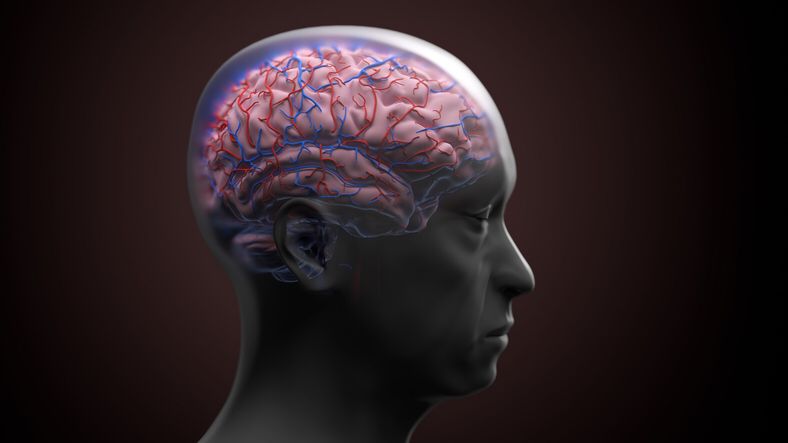New Research Shows How Parkinson’s Disease Changes the Brain’s Blood Vessels Over Time

Nov 25, 2025 | New Delhi Scientists uncover region-specific vascular damage that may shape future treatments Parkinson’s disease has long been understood as a condition driven mainly by the buildup of harmful proteins and the loss of brain cells responsible for movement. But new research from Australia suggests there is much more happening beneath the surface. Scientists have discovered that Parkinson’s doesn’t just affect neurons — it also causes progressive, region-specific damage to the brain’s blood vessels. This breakthrough may change the way researchers view the disease and eventually how doctors treat it. The study, led by Neuroscience Research Australia (NeuRA) in collaboration with the University of New South Wales and the University of Sydney, reveals that blood vessels in certain brain regions undergo significant structural and functional changes as the disease advances. One of the key discoveries was the increase in what researchers call “string vessels,” which are essentially the empty remnants of capillaries that once carried blood. Because these vessels no longer work, their presence indicates that parts of the brain may be losing vital blood supply. The research team also found evidence of impaired blood flow and potential weakening of the blood-brain barrier — a tightly regulated protective shield that keeps harmful substances out of the brain. When this barrier becomes disrupted, it can make the brain more vulnerable to damage and may worsen symptoms over time. These findings challenge the traditional approach to studying Parkinson’s, which has primarily focused on the buildup of alpha-synuclein proteins and the loss of dopamine-producing neurons. While these remain important, the new evidence shows that vascular health may be equally significant in understanding how the disease spreads through the brain. Researchers believe that if future treatments can target and protect these vulnerable blood vessels, it may be possible to slow down the progression of the disease. This could lead to better long-term outcomes for millions of people living with Parkinson’s around the world. The team is now exploring whether similar blood-vessel changes occur in the brains of individuals with Alzheimer’s disease and dementia with Lewy bodies. If the pattern holds, it may point to a broader link between vascular health and neurodegenerative conditions. Parkinson’s disease, according to the World Health Organisation, affects far more than movement. It can impact mental health, sleep, cognitive function, speech and even the ability to experience pain. Symptoms often get worse over time, and although there is no cure, medications and therapies can help people manage day-to-day challenges. Many patients eventually develop dementia as the disease progresses. This new research serves as a reminder that the brain is deeply interconnected. Damage in one area — whether in neurons or blood vessels — can influence the health of the entire system. By understanding these links more clearly, scientists hope to open the door to treatments that not only ease symptoms but also slow the disease itself. New Research Shows How Parkinson’s Disease Changes the Brain’s Blood Vessels Over Time A new study from Australian researchers sheds fresh light on Parkinson’s disease, revealing that it doesn’t just affect brain cells but also causes steady, region-specific damage to the brain’s blood vessels. This shift in understanding could open new pathways for future treatments. Scientists found that certain brain regions develop “string vessels,” the remnants of capillaries that no longer carry blood, hinting at reduced nourishment in key areas. They also discovered changes in blood flow and potential weakening of the blood-brain barrier, a protective shield that keeps the brain safe. For years, Parkinson’s research has focused mainly on protein buildup and neuron loss. But this new evidence highlights how important vascular health may be in understanding the disease’s progression. If scientists can learn how to protect or restore these blood vessels, it may become possible to slow down symptoms and improve long-term outcomes for people living with Parkinson’s. This study also raises big questions about other neurodegenerative conditions like Alzheimer’s and dementia with Lewy bodies, which may show similar vascular patterns. As researchers dig deeper, one thing is clear — understanding the brain’s blood vessels may shape the next generation of treatments.




